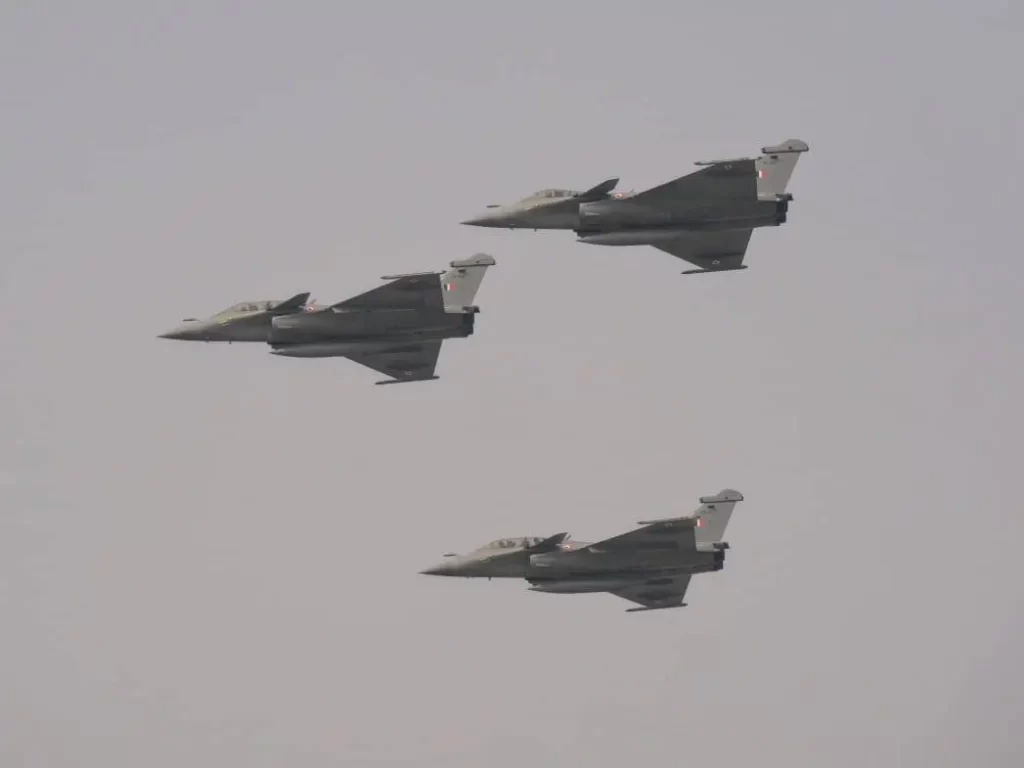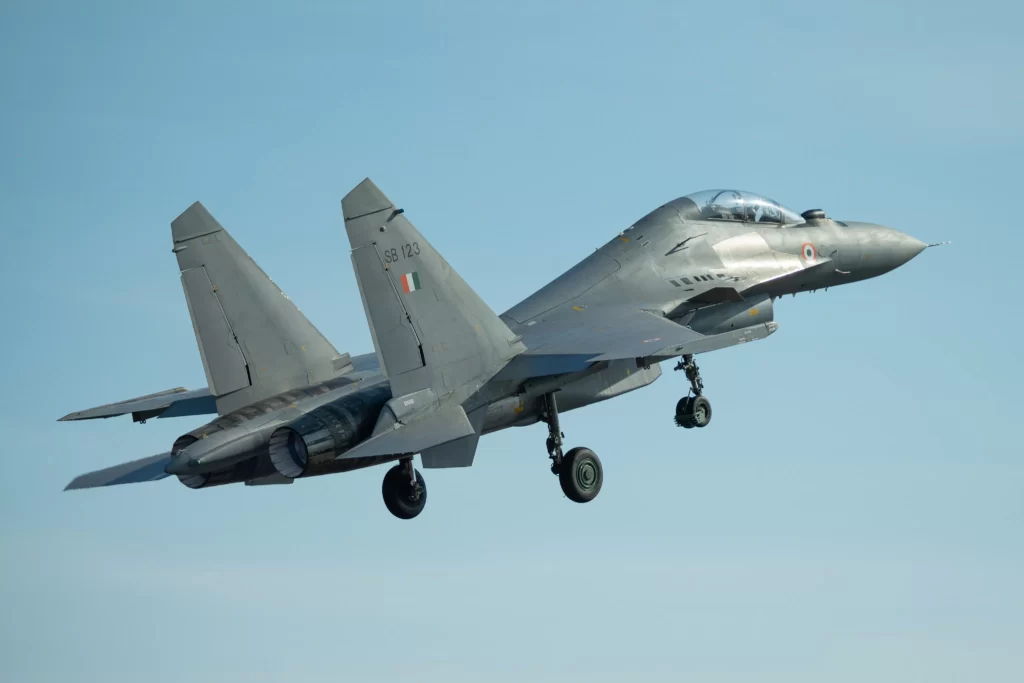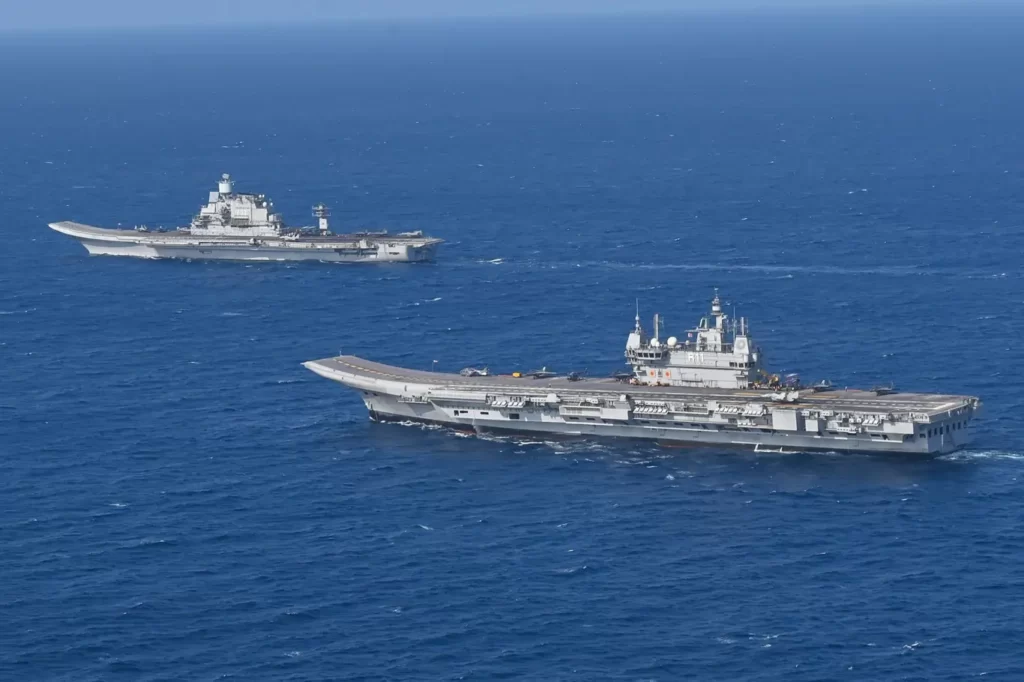
The Line of Actual Control, stretching just over four thousand kilometers, which is the effective border between the People’s Republic of China and India, is not the only potential hotspot between the world’s two most populous countries. These two giants of the Asia-Pacific region see their disputes extend beyond the mountainous borders, such as in the realm of air and naval dominance. This is evidenced by one of the recent decisions of the government led by Prime Minister Narendra Modi, which, in response to increased Chinese activity in the region, plans to construct new Indian Armed Forces bases in the archipelago of the Lakshadweep Islands, located near the Maldives.

According to reports from a recent government session in India, sources indicated to local media that, based on recommendations from the Department of Military Affairs, there will be advancements in constructing two new air bases intended to host combat units of the Indian Air Force. Specifically, these bases are planned for the islands of Maliku, while the current base at Agatti will be expanded in both capacity and facilities. These two islands are part of the aforementioned Lakshadweep archipelago, strategically positioned in the Arabian Sea, halfway along several of the world’s major maritime trade routes. Although the Indian government has stated that these new and expanded facilities would have dual-use capabilities, including commercial airline use, the decision is primarily driven by the increased activities of the People’s Liberation Army Navy in the region.

Meanwhile, from New Delhi, there is increasing wariness towards China’s assertive stance, which includes cooperation at various levels with Pakistan, another significant player in this scenario and India’s principal adversary since the founding of both states in the 20th century, marked by numerous border conflicts, wars, and rival nuclear programs.

As of today, further details about the future bases to be created and expanded by India in the mentioned islands are not yet known. However, these plans were coordinated and presented to the Prime Minister by the Armed Forces and Coast Guard, suggesting that these facilities will likely serve a joint purpose, accommodating not only the Air Force but also the Navy and Army.
